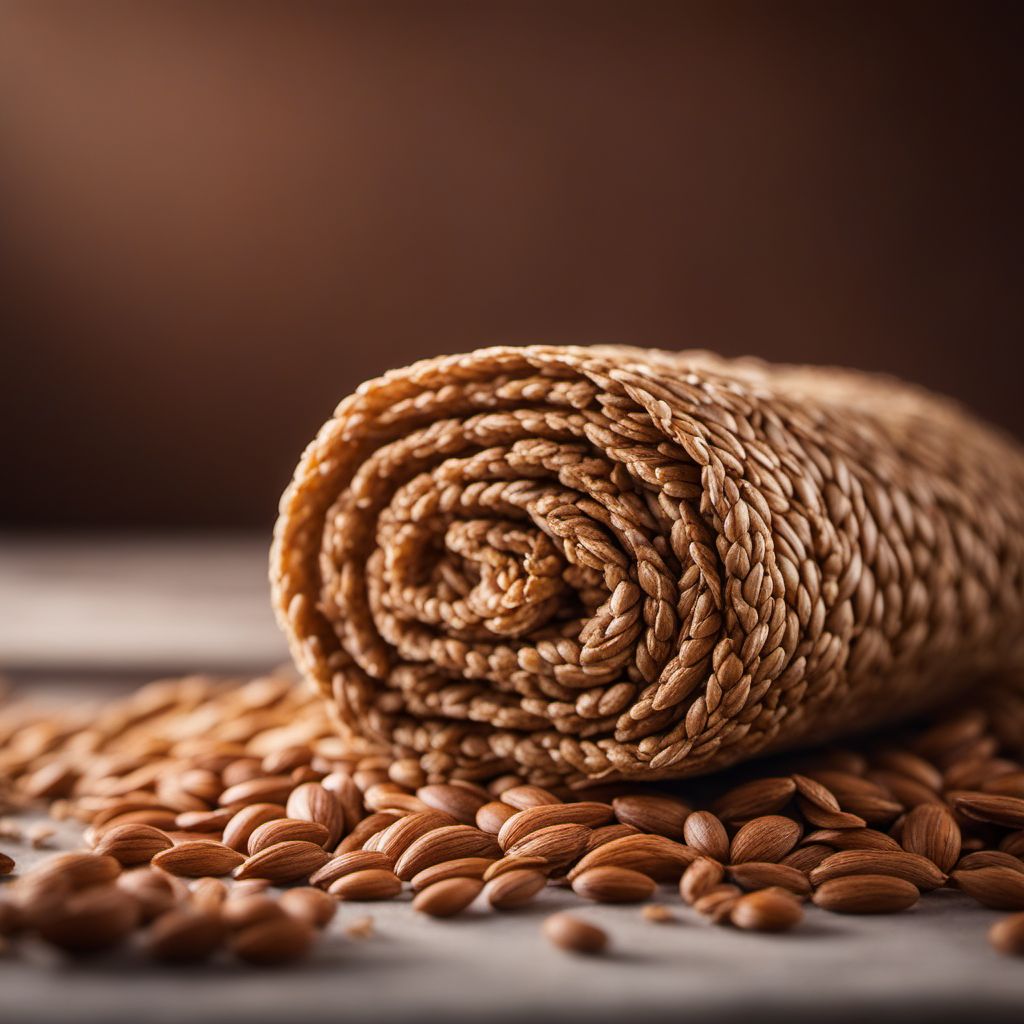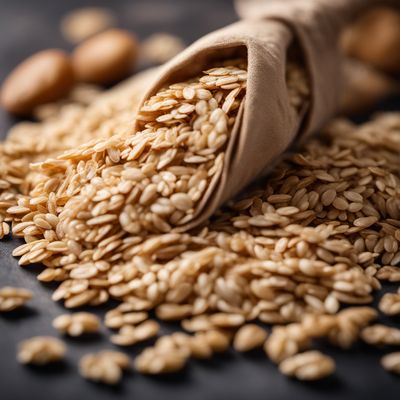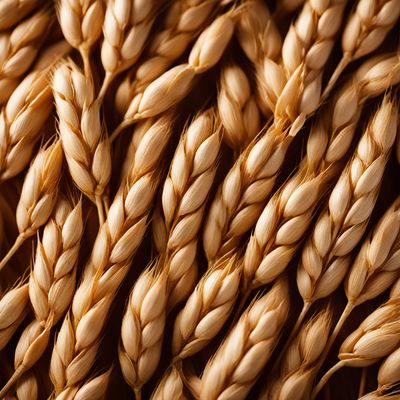
Ingredient
Rye rolled grains
"The Wholesome Goodness of Rye: Unveiling the Versatility of Rolled Rye Grains"
Rye rolled grains are whole rye kernels that have been steamed and then flattened, resulting in a chewy texture and a rich, earthy flavor. These grains are slightly larger and darker in color compared to rolled oats, and they offer a satisfying bite and a distinct taste that pairs well with a range of ingredients. With their robust texture and nutty flavor, rye rolled grains are a nutritious and delicious addition to breakfast bowls, baked goods, and savory dishes.
Origins and history
Rye has been cultivated for centuries and has deep roots in European cuisine, particularly in Northern and Eastern Europe. It has been a staple grain in countries like Germany, Russia, and Poland, where it thrives in cooler climates. Rye's hardiness and ability to grow in poor soil conditions made it an essential crop in regions where other grains struggled to thrive. Historically, rye was a crucial food source during harsh winters and times of scarcity. Today, rye rolled grains continue to be cherished for their nutritional value and unique flavor.
Nutritional information
Rye rolled grains are a nutritional powerhouse, packed with fiber, vitamins, and minerals. They are an excellent source of dietary fiber, providing a healthy boost to digestion and promoting satiety. These grains are also rich in iron, magnesium, and B vitamins, supporting energy production and overall well-being.
Allergens
Rye contains gluten, making rye rolled grains unsuitable for individuals with gluten intolerance or celiac disease.
How to select
When selecting rye rolled grains, look for packages that are tightly sealed and free from any signs of moisture or insect damage. Opt for organic or locally sourced options whenever possible to ensure the highest quality and freshness.
Storage recommendations
To maintain the freshness and quality of rye rolled grains, store them in an airtight container in a cool, dry place, away from direct sunlight. Properly stored, they can last for several months.
How to produce
Rye rolled grains are typically produced on a large scale by specialized mills. However, if you are interested in producing your own, you can start by sourcing whole rye kernels and steaming them until they are pliable. Then, use a rolling pin or a grain flaker to flatten the grains to the desired thickness.
Preparation tips
Rye rolled grains can be cooked similarly to rolled oats. To prepare, combine one part rye rolled grains with two parts liquid (such as water or milk) in a saucepan. Bring to a boil, then reduce the heat and simmer for about 10-15 minutes, or until the grains are tender and have absorbed the liquid. Add your favorite toppings, such as fruits, nuts, or sweeteners, to enhance the flavor. Rye rolled grains can also be used in baking, adding a delightful texture and flavor to bread, muffins, or granola bars.
Substitutions
If you are unable to find rye rolled grains, you can substitute them with rolled oats or barley flakes, which offer a similar texture and nutritional profile.
Culinary uses
Rye rolled grains are commonly used in breakfast dishes like porridge, muesli, or overnight oats. They can also be incorporated into baked goods such as bread, cookies, or granola. In savory recipes, rye rolled grains can be added to soups, stews, or used as a base for grain bowls.
Availability
Rye rolled grains are commonly available in regions where rye is cultivated, such as Northern and Eastern Europe, North America, and parts of Asia.
More ingredients from this category

Barley rolled grains
The Versatile Grain: Barley Rolled Grains

Mixed cereal rolled grains
Wholesome Breakfast Blend

Rice rolled grains
The Versatile Delight: Unveiling the Magic of Rice Rolled Grains

Millet rolled grains
The Versatile Millet: Unleashing the Potential of Rolled Grains

Spelt rolled grains
The Nutty Delight: Spelt Rolled Grains

Oat rolled grains
Wholesome Oat Powerhouse

Wheat rolled grains
Wholesome Delights: Exploring the Nutritional Power of Wheat Rolled Grains